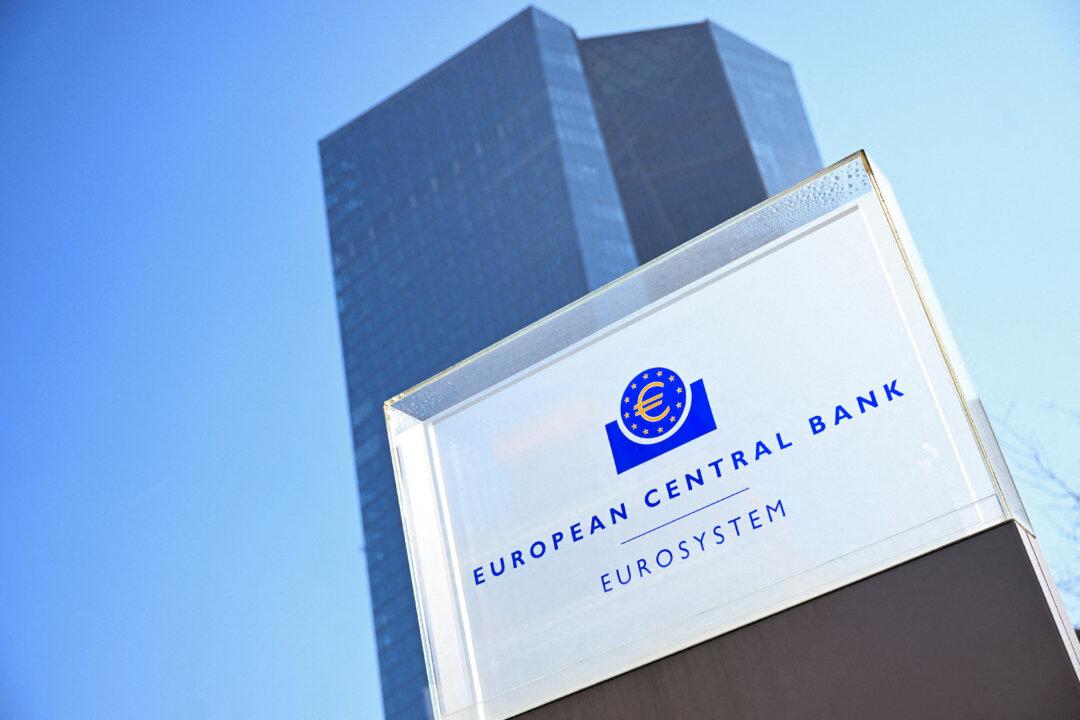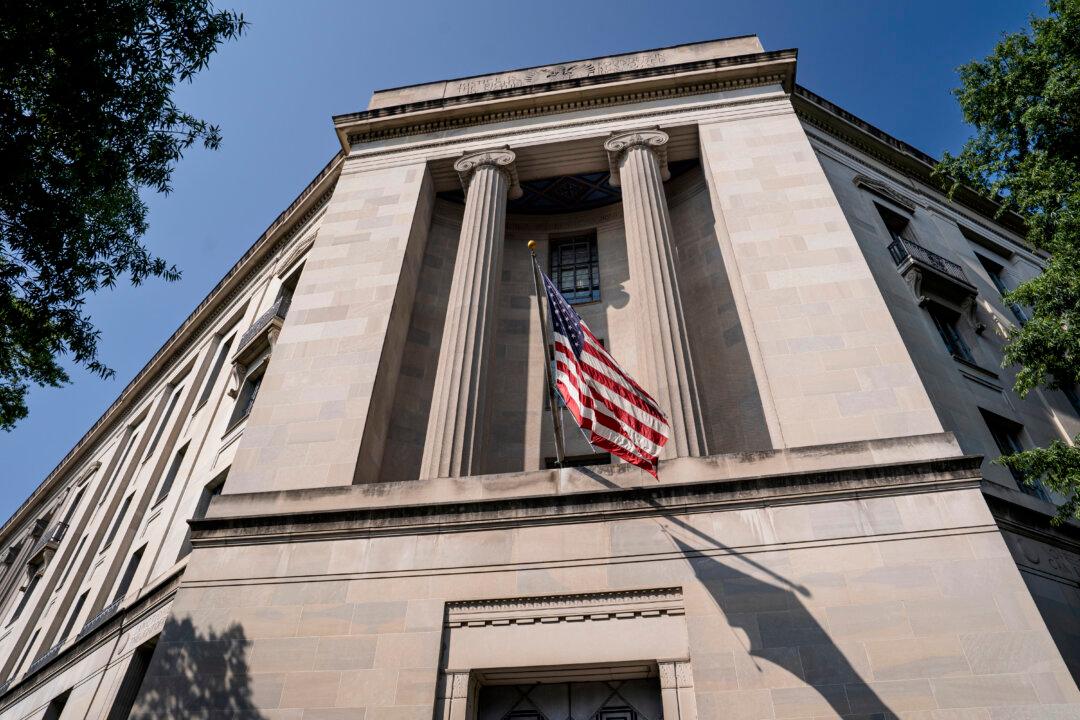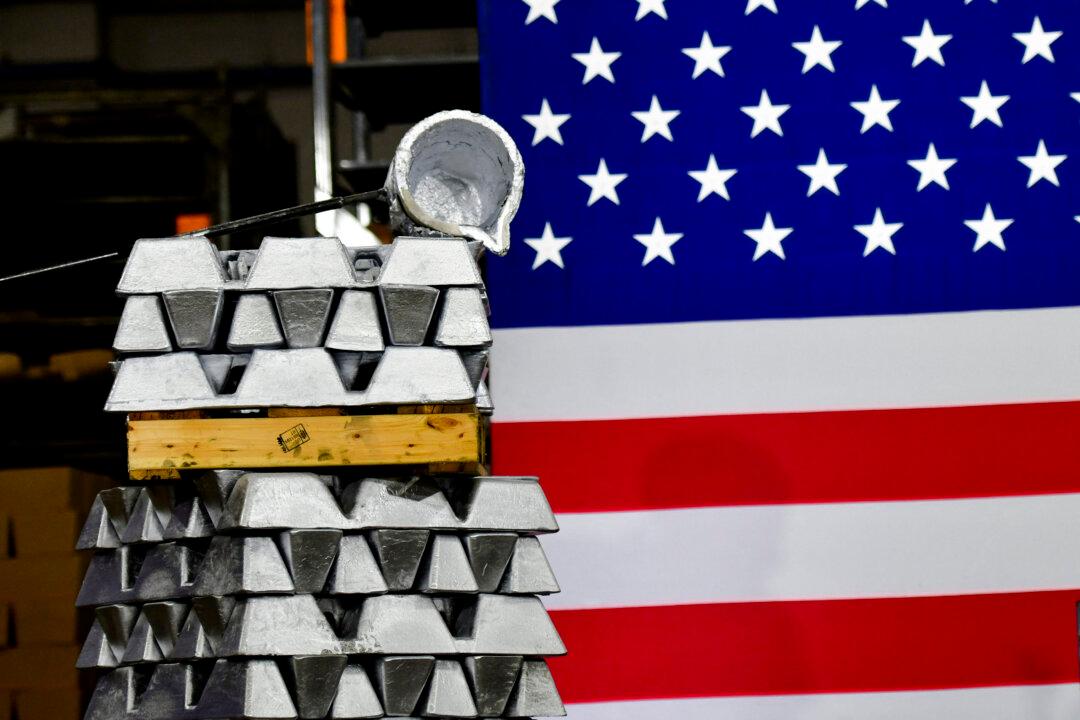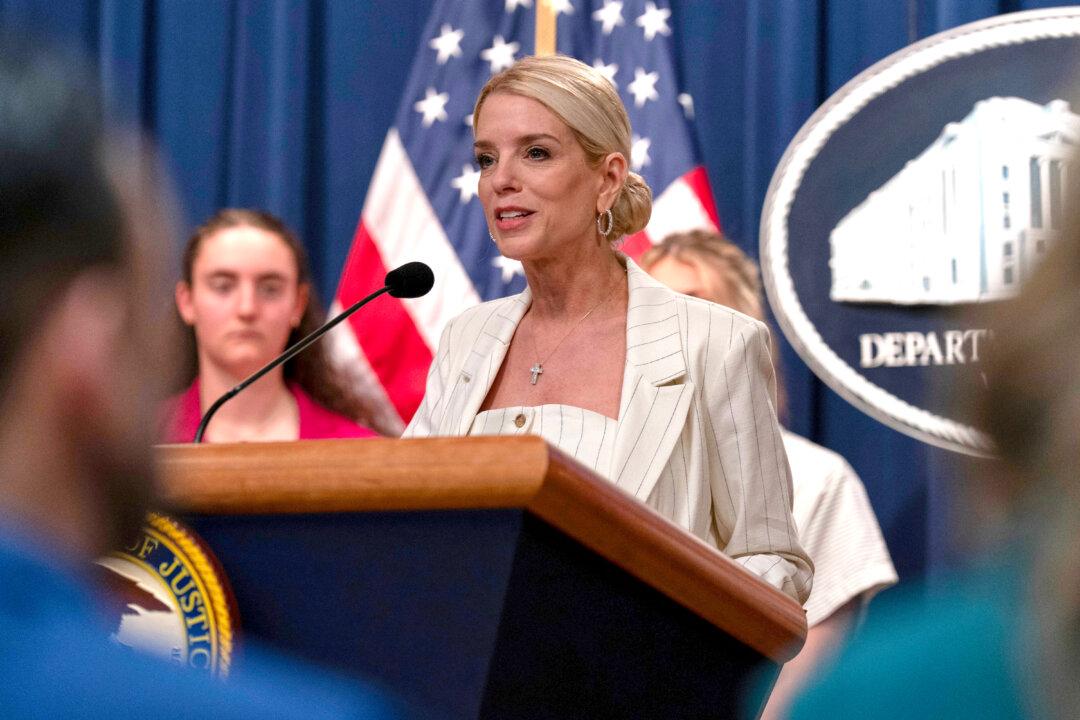Inflation ran red hot in August, according to the Commerce Department, with the headline Personal Consumption Expenditures (PCE) index surging 4.3 percent over the year to a level not seen since 1991.
That’s a rate of inflation well above the Fed’s 2 percent target, pressuring policymakers as they consider when to roll back some of the stimulus measures that helped lift the economy out of the pandemic lows but now appear increasingly out of kilter with rising prices.
Federal Reserve Chair Jerome Powell on Wednesday spoke of “tension” between inflation that is high and well above target and ongoing labor market slack, reflecting the Fed’s policy challenge of balancing its dual mandate of price stability and maximum employment. His remarks also conjured up the specter of stagflation—a condition of slowing economic growth and fast-rising prices that bedeviled the U.S. economy in the 1970s.
While Fed officials have struck a more cautious tone on inflation in recent statements, they maintain it’s a temporary phenomenon that will abate once supply chain dislocations ease.
The monthly core PCE gauge, which measures changes in the index from month to month, held steady at 0.3 percent in August, matching the July rate but down from 0.5 percent in June and 0.6 percent in May, according to the Commerce Department. This suggests peak inflationary pressures may have passed.
Powell told lawmakers on Thursday that he anticipates some relief from high inflation in the months ahead.





